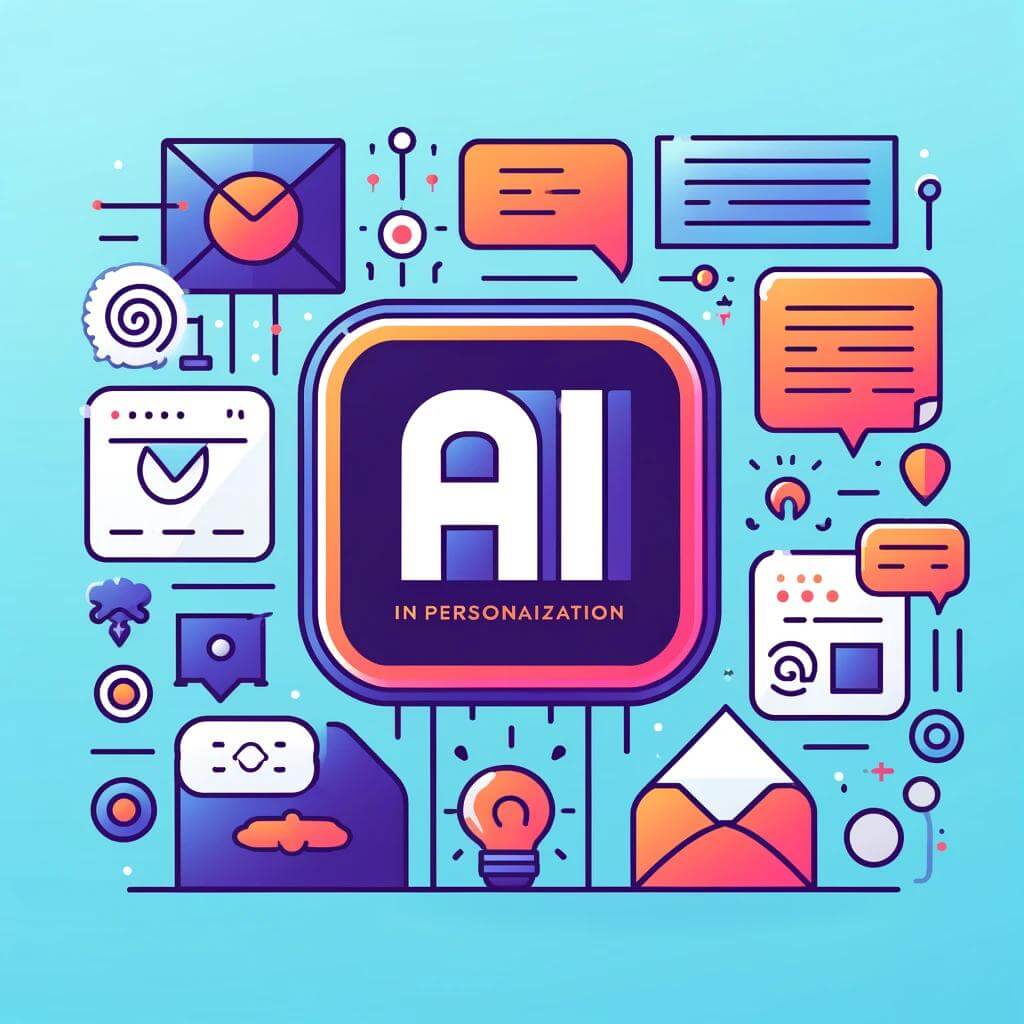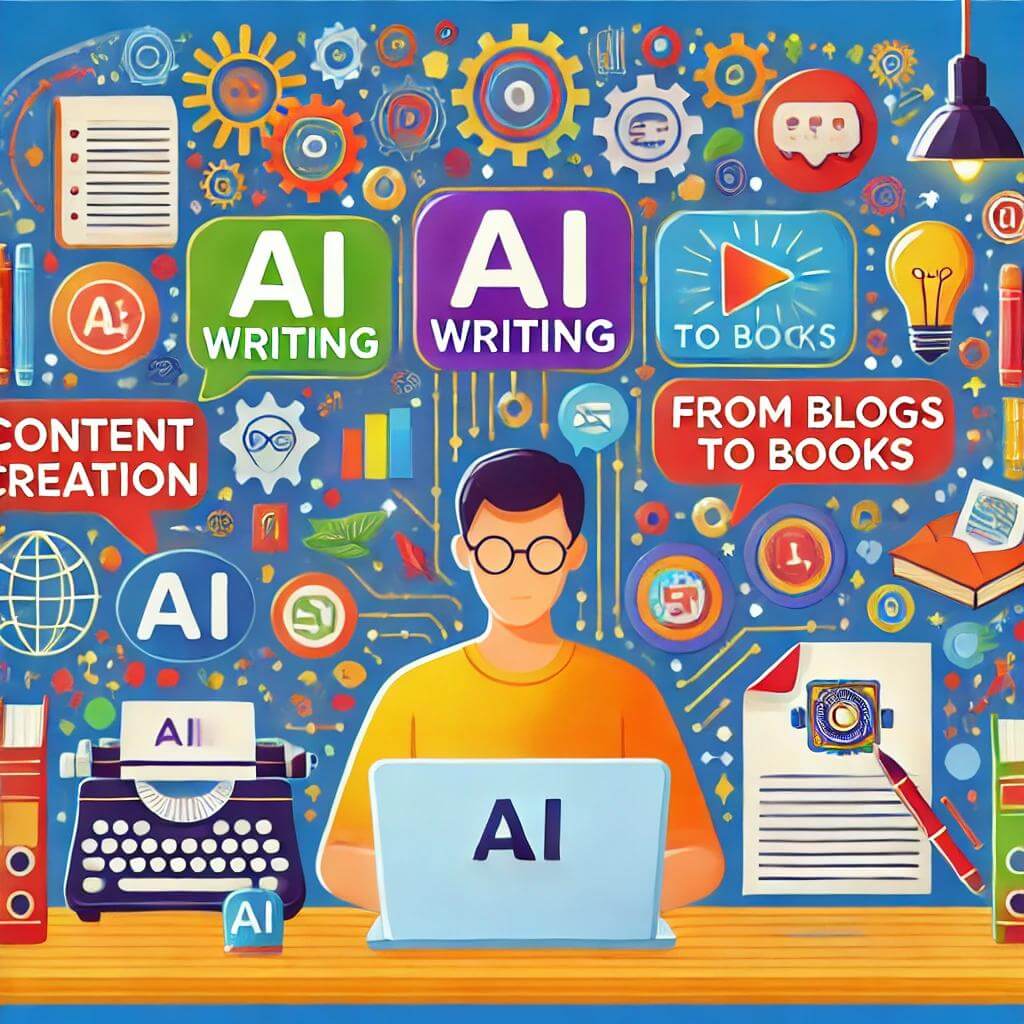AI for Personalized Content: Tailoring Articles, Emails, and Messages to Each User
Personalized content is essential in today’s digital landscape, where users expect relevant, customized experiences. Artificial Intelligence (AI) plays a crucial role in enabling companies to create tailored articles, emails, and messages. This article explores how AI-driven personalization works, from email customization and recommendation algorithms to content curation and ethical considerations.
AI’s Role in Email Personalization
AI-driven email personalization has become a cornerstone of modern marketing. By analyzing user data like past interactions and browsing history, AI enables brands to create targeted email campaigns that speak to individual preferences.
Benefits of AI-Driven Email Personalization
Using AI to personalize emails offers several advantages:
- Increased Open Rates: Personalized subject lines and content encourage more opens.
- Higher Click-Through Rates: Relevant recommendations and offers increase engagement.
- Customer Loyalty: Customized experiences build stronger relationships, fostering brand loyalty.
Examples of AI-Powered Email Personalization
| Personalization Technique | Description | Example |
|---|---|---|
| Personalized Subject Lines | AI generates subject lines that resonate with specific users. | “Special Deals Just for You, Sarah!” |
| Dynamic Content | Content changes based on user data like past purchases and browsing history. | Product recommendations in emails. |
| Send Time Optimization | AI determines the best times to send emails to each user. | Emails sent at optimal engagement times. |
These methods allow marketers to create emails that appeal to each recipient’s unique interests.
Recommendation Algorithms for News and Articles
Recommendation algorithms are essential for delivering customized content on news and content platforms. By tracking reading habits and engagement data, AI algorithms suggest content that aligns with user interests.
How Recommendation Algorithms Work
Recommendation algorithms typically rely on two main methods:
- Collaborative Filtering: Recommends content based on the preferences of similar users.
- Content-Based Filtering: Suggests articles with similar themes or keywords to those previously read by the user.
| Algorithm Type | Function |
|---|---|
| Collaborative Filtering | Analyzes user behavior patterns and recommends similar items |
| Content-Based Filtering | Matches content keywords with user preferences |
These algorithms create a personalized experience, enhancing engagement and encouraging users to explore more content.
Benefits of Personalized Article Recommendations
- Enhanced User Engagement: Users are more likely to interact with relevant content.
- Increased Time on Site: Personalized recommendations keep users on the platform longer.
- Higher Click-Through Rates: Relevant suggestions boost user interaction and satisfaction.
By implementing recommendation algorithms, websites can make the browsing experience more engaging and relevant to each user.
Content Curation Based on User Behavior
Content curation powered by AI enables brands to adapt content strategies based on user behaviors and interaction data. By analyzing browsing patterns, engagement metrics, and preferred content formats, AI tools can curate content to match audience interests.
Types of User Data Used for Content Curation
| Data Type | Usage Example |
|---|---|
| Browsing History | Recommends content similar to previously viewed items |
| Time Spent on Content | Identifies topics that hold the most interest |
| Interaction Patterns | Curates content formats that users engage with, like videos or infographics |
AI-driven content curation allows companies to tailor the user experience, continually adjusting content to keep users engaged and satisfied.
Ethical Considerations of AI-Driven Personalization
While AI-driven personalization offers numerous benefits, it also raises ethical questions that companies need to address to maintain user trust and data integrity.
Privacy Concerns
AI relies heavily on user data for personalization, which can lead to privacy concerns among users. It’s essential to ensure that data usage is respectful and transparent.
Data Transparency and Consent
To build trust, companies should be clear about data collection and usage. Providing transparent data policies and obtaining user consent helps users feel in control of their personal information.
Balancing Personalization with User Control
Brands should empower users with control over personalization settings, allowing them to adjust or opt-out of recommendations if they find them intrusive or irrelevant.
Future of AI in Content Personalization
As AI technology continues to develop, its potential to enhance content personalization is set to grow. Here are some expected advancements in the field:
- Real-Time Personalization: AI will allow for real-time adaptation of content based on live user interactions.
- Context-Aware Personalization: Future AI tools will factor in contextual cues to offer more precise recommendations.
- Cross-Platform Integration: AI will enable unified personalization across various platforms, creating a seamless experience for users.
These advancements promise to make AI-powered personalization even more effective, offering highly relevant, enjoyable experiences to users across multiple touchpoints.
Conclusion
AI is revolutionizing content personalization, enabling brands to create more engaging, customized experiences across articles, emails, and messages. By using recommendation algorithms, email personalization, and AI-driven content curation, companies can strengthen their connections with audiences and boost engagement. However, ethical considerations around privacy and transparency remain essential to responsible AI implementation. As AI continues to advance, its role in personalized content will expand, helping brands connect with their audiences in meaningful ways.



Post Comment